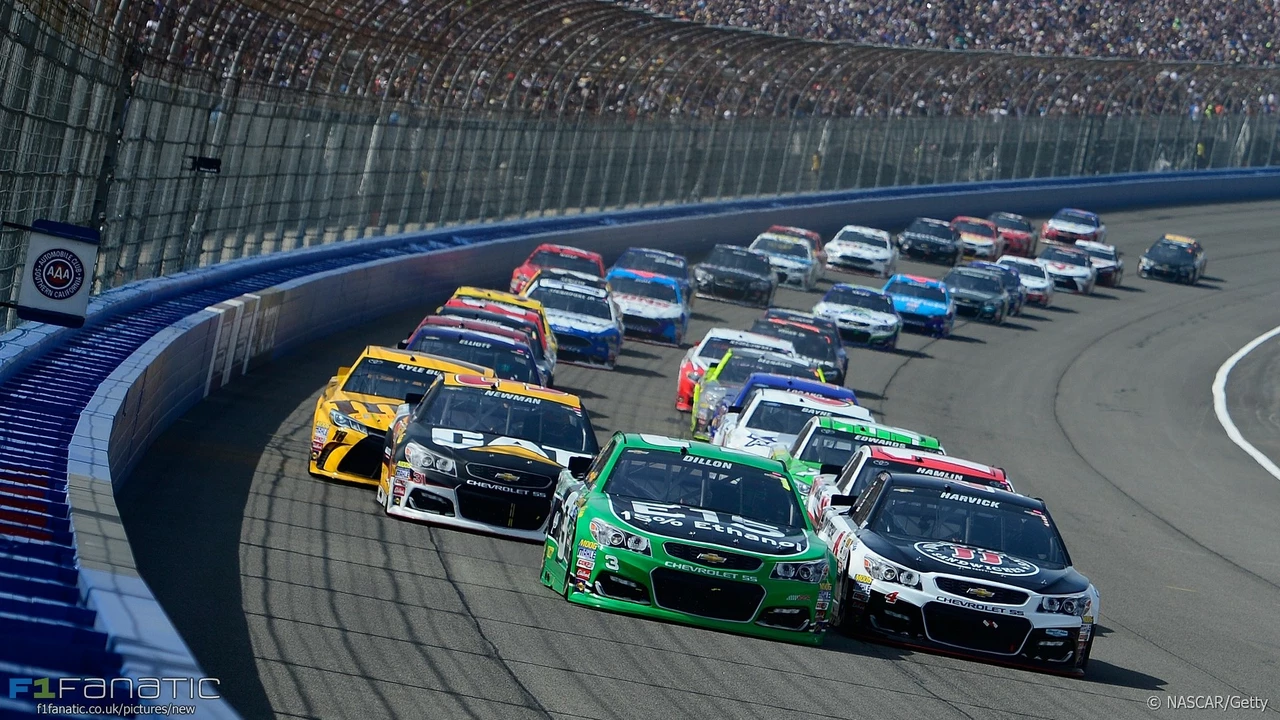F1 Popularity: What’s Driving the Surge?
Formula 1 used to be a niche sport, mostly followed in Europe. Today you hear about it on the streets, in coffee shops, and on every social platform. The numbers back it up – TV ratings, streaming clicks, and ticket sales are all climbing. So what’s behind this boom?
Fans are turning global
Back in the 1990s, most F1 fans lived in the UK, Italy, Germany and Brazil. Now you’re seeing huge followings in the US, China, India and the Middle East. The sport’s push into new markets has paid off. Races in Austin, Singapore and Saudi Arabia have packed grandstands, and local broadcasters promote the next race like a national event.
When a new Grand Prix lands in a country, schools start teaching kids about the sport, merch pop up in malls, and even local car clubs start holding watch parties. That grassroots buzz turns casual viewers into lifelong fans.
Digital and social media boost
The shift to streaming has made F1 accessible on phones, tablets and laptops. Fans no longer need a cable subscription – they can watch live on YouTube, the F1 app, or even TikTok clips. Short, behind‑the‑scenes videos let viewers see the engineers, the strategy rooms and the drivers’ personalities.
Social platforms let fans interact directly with teams and drivers. A quick poll on Instagram can influence a driver’s helmet design, and Twitter threads break down race strategy in real time. That level of interaction keeps people glued to the sport day after day.
Another key factor is the Netflix series "Drive to Survive." The show turned technical data into drama, giving viewers a story they could follow. Even people who never cared about racing started cheering for their favorite drivers after watching the series.
Racing tech also draws interest. Hybrid power units, energy recovery and aerodynamic tricks sound like sci‑fi, but they’re real engineering marvels. Blogs and YouTube channels break down these concepts in plain English, making the sport feel more inclusive.
Ticket prices have become more flexible too. Some circuits now offer weekend passes, day tickets and even virtual reality experiences. Families can choose the option that fits their budget, so more people get to feel the roar of a V6 engine up close.
Finally, the sport’s push for diversity is paying off. Initiatives to bring more women and different ethnicities into teams create role models for a wider audience. When kids see someone like them on a podium, they’re more likely to stay interested.
All these pieces – global expansion, digital access, storytelling, tech fascination and inclusivity – work together to push F1’s popularity higher than ever. If the trend keeps up, the next decade could see even more races, more fans, and more excitement on and off the track.
